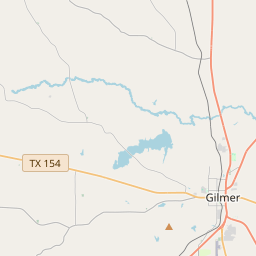Shady Grove Cemetery
Historical marker location:






Shady Grove Cemetery
In 1852, the congregation of the Shady Grove Missionary Baptist Church received a gift of four acres from land promoter Frost Thorn (1793-1854) on which to build a church and school. The churchyard came into use as a cemetery shortly thereafter with the burials on November 11 and 12, 1855, of children John Hurt (b. 1849) and John Littleton (b.1853); the circumstances of their deaths, just one day apart, are unknown. The growth of the community brought with it numerous businesses, a high school and a post office that operated from 1890 to 1905. The Church of Christ gained local influence, absorbing a Baptist church and building a new sanctuary on this site in 1889. Area women established a community club in the early 1900s that took on the responsibility of cleaning and beautifying this property. In 1977, an association was formed to manage the cemetery, and the Church of Christ eventually deeded the acreage to the group. Today, the association offers perpetual care of the graves and the grounds, and continues to administer the affairs of this site that chronicles the pioneers and generations of families that are the heritage of the once-thriving community of Shady Grove.
Historic Texas Cemetery-2002
As one of the most visible programs of the Texas Historical Commission (THC), historical markers commemorate diverse topics in Texas history, including: the history and architecture of houses, commercial and public buildings, religious congregations, and military sites; events that changed the course of local and state history; and individuals who have made lasting contributions to the state, community organizations, and businesses.
The cattle industry played a significant role in the development of Texas, with cowboys driving cattle from Texas to railheads in Kansas during the late 1800s and early 1900s.
The county was officially organized in 1846, and it was named after Abel P. Upshur, a former United States Secretary of State. During the mid-19th century, the discovery of iron ore deposits in the county brought economic development and a boom in population. The industry fueled the growth of several towns, including Ore City and Big Sandy.
The Civil War had a significant impact on Upshur County, as it saw both Union and Confederate sympathizers in the area, leading to conflicts and divisions among the residents. After the war, the county slowly recovered and experienced growth with the arrival of the railroad in the late 19th century. The establishment of the East Texas oil industry in the early 20th century further boosted the county's economy.
Today, Upshur County continues to thrive with a diverse economy that includes agriculture, manufacturing, and oil production. The area also offers numerous outdoor recreational activities, such as fishing, camping, and hiking in the beautiful natural surroundings. With a rich history and a vibrant present, Upshur County remains a significant part of Texas's cultural and economic landscape.
Upshur County Timeline
This timeline provides a condensed summary of the historical journey of Upshur County, Texas.
- 1846 - Upshur County created and organized by the Texas legislature
- 1848 - First county elections held
- 1877 - Construction of the first courthouse
- 1880 - The city of Gilmer becomes the county seat
- 1890 - Population reaches 11,206
- 1900 - First public high school established in Gilmer
- 1930 - Discovery of oil leads to an economic boom
- 1940 - Population peaks at 24,185
- 1967 - Completion of Lake Gilmer, a reservoir for water supply and recreation
- 2009 - Historic Upshur Museum dedicated in Gilmer